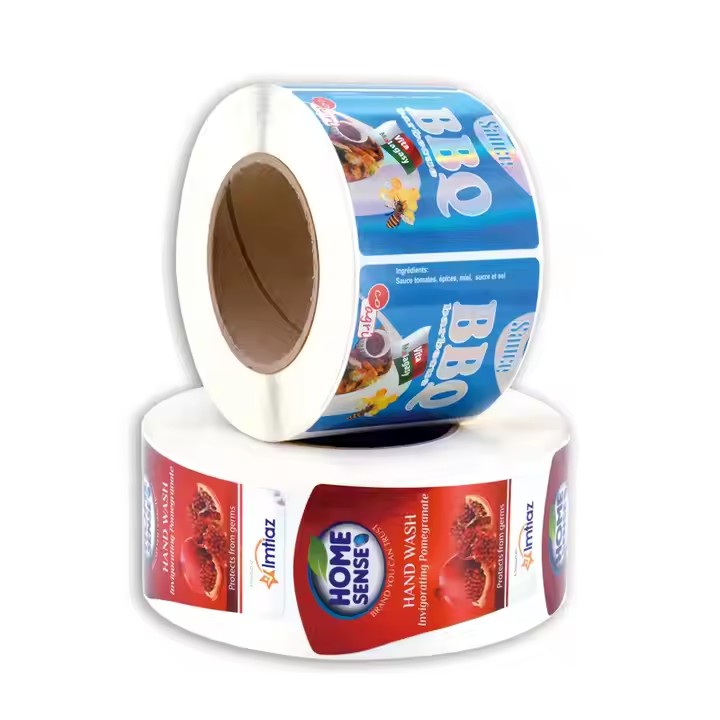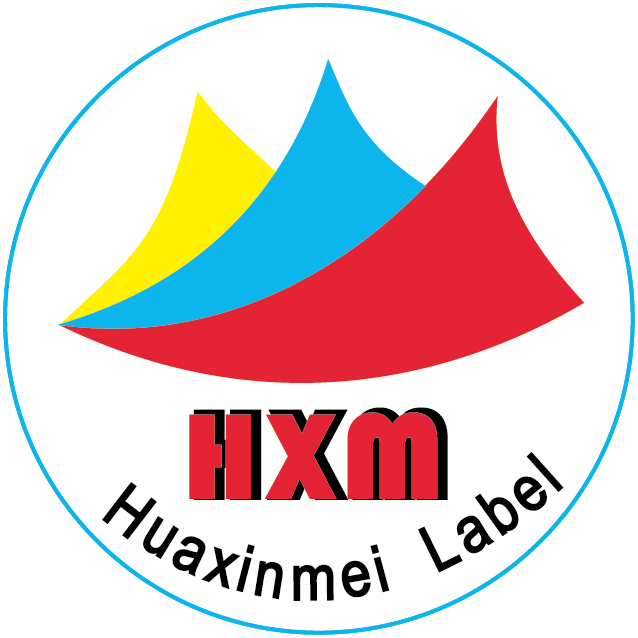Manufacturers are responsible for producing products for their clients. Therefore, before starting production, manufacturers must carefully plan and establish rules and systems for the design and production processes to ensure the final product meets customer requirements and standards.
Understanding Relevant Standards and Regulations
Product Standards
Different types of products have specific labeling standards. For example, food labels must comply with food safety regulations. In the European Union, food labels must include product name, ingredients list, net weight, shelf life, storage conditions, and other relevant information. Manufacturers should carefully study both national and international standards for the specific industry of the product. For example, in China, cosmetic labels are required to include the full list of ingredients, production license number, and other details. Product standards vary by type, so manufacturers must ensure their products meet the industry’s specific requirements to comply with relevant industry standards. This is a fundamental requirement for production. If the product does not meet industry standards, it will result in consumer complaints and harm to the industry’s reputation. Therefore, manufacturers must comply with the relevant industry standards when producing any product.

Legal Requirements
Legal requirements, such as consumer protection, safety, and environmental regulations, impose strict demands on labeling. For example, electrical product labels must specify electrical parameters and safety warning information. For products that may harm the environment, such as batteries containing heavy metals, the label must indicate recycling symbols and harmful substances in compliance with environmental protection regulations. Adhering to relevant regulations is the foundation of producing products that meet consumer preferences.
Controlling the Design Process
Accurate Information Delivery
Label designs must ensure the information presented is accurate, truthful, and easy to understand. For example, medication labels must clearly state usage instructions, dosage, potential side effects, and other essential information, without ambiguity or misleading statements. The font size and type should meet readability standards. For products targeted at older adults or consumers with poor vision, such as medication instructions, the font size should be large enough, generally not smaller than a small 4-point size. In the food industry, it is crucial to clearly state basic information on the label, including whether certain groups, such as pregnant women or people with specific health conditions, should avoid consuming the product.

Cultural and Linguistic Considerations
For products targeting international markets, labels should take into account cultural differences and language requirements in different countries and regions. For instance, colors may have different symbolic meanings in different cultures—green might symbolize safety in one country, while blue may have that meaning in another. Accurate translations are essential, especially for professional terms or brand names. For example, when the Mercedes-Benz brand enters a new language market, its name must remain consistent and easy to pronounce. When working with foreign partners, manufacturers should learn about the local culture and preferences, such as favored colors and design patterns. This understanding will help design labels that appeal to local consumers, ensuring that the colors and patterns of the label are attractive to them.
Control Over Raw Materials and Printing Quality
Raw Material Selection
The raw materials used for labels must meet safety and quality standards. For instance, the paper or plastic film used for food labels should be non-toxic, odorless, and capable of withstanding the temperature and humidity conditions of food storage environments. For long-term storage products, such as wine, the label’s paper quality should be durable enough to prevent fading or damage over time.

Printing Quality
The clarity of the printing is crucial. The text, images, and barcodes on the labels must be printed clearly to ensure that consumers can read them accurately. Barcode printing is especially important because barcodes are essential for product sales and inventory management. For example, if a barcode is unclear or misprinted, it may not scan properly or result in scanning errors at checkout. Color accuracy is also vital, especially for brand logos or other elements with specific color requirements. The color should match the brand’s standards to maintain brand image.
Quality Inspection and Review Process
Internal Inspections
Manufacturers should establish a strict internal quality control system. During the labeling production process, labels should be regularly checked for accuracy, completeness, and printing quality. For example, for clothing labels, manufacturers can check whether the material meets requirements, and whether washing instructions are clearly and correctly depicted. Prior to delivery, manufacturers should use sampling methods to inspect product quality and ensure compliance with the standards.



